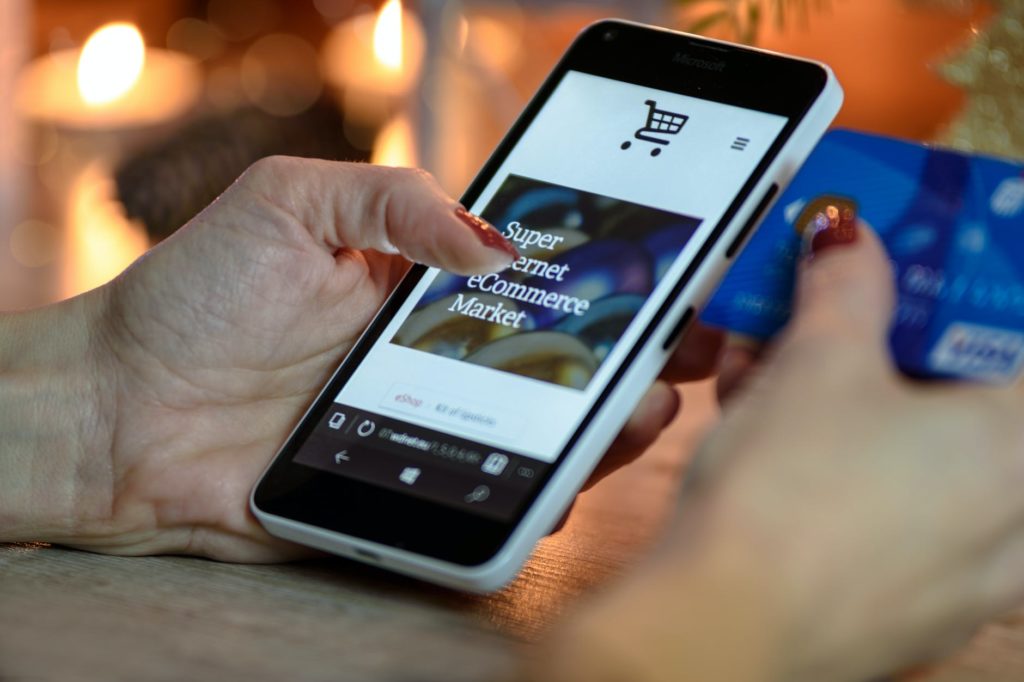Is it time to take your B2B commerce storefront to the next level?
To take your B2B eCommerce storefront to the next level, what are the B2B Front-End key Features you must have in your storefront? When investing in your eCommerce and increasing your customers’ satisfaction, your storefront is where you should start. To take your B2B eCommerce storefront to the next level you should work on investing in proving features and capabilities to improve the efficiency and ROI of the overall sales.
This blog will shed some light on 5 key “must-have” eCommerce platform front-end features that could boost your sales and improve your order value.

These 5 B2B Key Front-End Features are:
- Dynamic Pricing
- Customer Segmentation
- Self-Service
- Order History
- B2B Quoting
1. Dynamic Pricing
While it is not easy to speculate on customers’ ever-changing buying behavior. It is still possible to deliver a good buying experience to your customers. In other words, being visible with the account-based pricing and any bulk discounts ensures that customers know how to find a final price. In return, you will gain their trustworthiness.
One of the biggest challenges that your customers face is that they’re not confident the pricing they’re seeing online is reflective of what they will actually pay.
Of course, the utmost solution for any business is to deliver personalized pricing to their customers. This is based on select criteria on an account-by-account basis. Although you may not be ready for complete personalization. Yet the opportunity still exists to take the first steps. For example, any account for bulk purchasing whether through real-time lookup, messaging, or individualized product pricing tables adds another level of clarity for your customers when purchasing.
Your customers will be delighted to log in or create new purchase accounts if they know they can get special pricing or discounts. In many cases, displaying a “Login to get your pricing” message on a product detail page is an incentive to start the process.

2. Customer Segmentation
Indeed, your customers are not all the same. So why keep a single customer list?
Building experiences that rely on customer segmentation should not be complicated and expensive. Also personalization platforms or a massive investment in data analysis or list purchases. However, leveraging existing workflows and basic automation in the backend commerce platform can extend to create a growing number of segments that can be expanded and refined over time.
Simply, you are leveraging the data that customers are providing when they’re shopping and interacting with your company.
For instance, your customers can be grouped into virtual segments. You can filter them based on activity, order history, account age, status, etc.
Your next steps could be email marketing, sales follow-up emails, discounts, or promotions. The horizon is open to doing many things with your segmented database once you have it ready in place.
3. Truly Self-Service Options
Truly self-service means bringing more “management” to the customers. Perhaps the most overlooked piece of the experience on any eCommerce storefront is the “My Account” or customer portal-leaving a lot of untapped potential.
No doubt, connecting your customers with their basic account information, like order tracking, and delivery information. This will minimize many service requests and inquiries to your internal team. These types of inquiries can easily delay customer service and disappoint customers when response times become slow.
In fact, it is important to change the way you think of the portal as a sales tool focused on generating repeat orders, onboarding new online customers, and creating upsell opportunities.
4. Order History
Connected to the true self-service nature of the customer portal is the potential for leveraging customer order history. Consider the opportunity to import historic, non-eCommerce-originated orders into the platform and display them within the commerce portal, even if in a limited fashion. For example, you can use and extend the order information for loyalty programs or just for your customers to reference. Delivering that historical set of information gives your customers insight into their entire account, which is especially critical if there have been account changes or new buyers added to the account.
Moving beyond maintaining relationships, order-related conveniences like easy reordering, item-by-item order management, recurring orders, and more can be built on top of the order history and management screens.
5. Quoting
Not only is quoting an afterthought in the commercial development process. But also when it is added the management, process, and follow-up are rarely done well.
Why is online quoting so important? It all comes down to the “state of readiness.” Is the customer ready to buy at the time they’re shopping, especially at the first point of contact? All too often product information is lacking or confusing to the customer. When trying to make a purchasing decision and struggling with questions. Quoting can allow the customer to make a light commitment and then follow up with a sales rep.
You should think of a quote as a saved shopping cart and as a mechanism for your customers to build confidence, better discounts, and new pricing. Also, with so many buyers transitioning to an online first digital shopping experience. Providing a measure to allow them to be more confident shouldn’t be overlooked.
In the backend, quoting should encompass a complete workflow with capabilities for communicating approval, changes, and handling updates and edits. In addition, imagine a customer requiring approval from a manager or finance department before submitting an order. Digitizing the quote building and management steps allows your customers to move efficiently. This is through a complex offline process and making buying decisions.
Other key features to consider to give access to your customers to customize the visualization of their Store-Front. They can get to choose from a variety of colors and shades from a color palette that is provided in the Back Office to personalize their Website reflecting their logo colors. There are many other key features you can implement. With a B2B Connect solution, DigiCommerce can develop a customized visualization of your store-front.
To wrap up, before jumping into investing heavily in advanced features and loading yourself with extra costs. First, work on enhancing your existing storefront capabilities. Sometimes all it requires is optimizing your existing eCommerce platform capabilities. In reality, you will need an eCommerce partner to guide you. DigiCommerce, in partnership with UltraCommerce, can help you decide on your choice of which key B2B Front-End key features to implement. And how to optimize and enhance your customers’ front-end overall experiences. You can consult DigiCommerce technical experts today!


